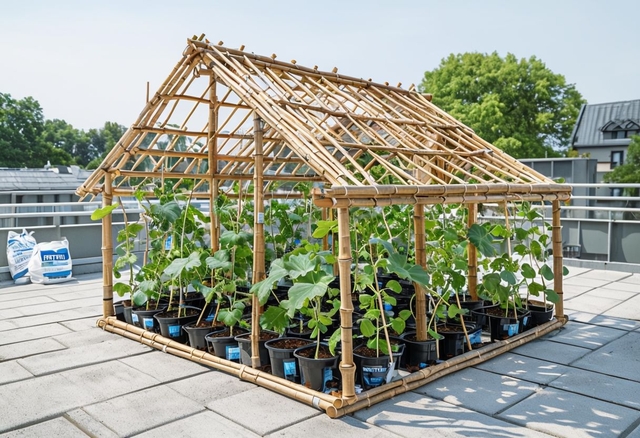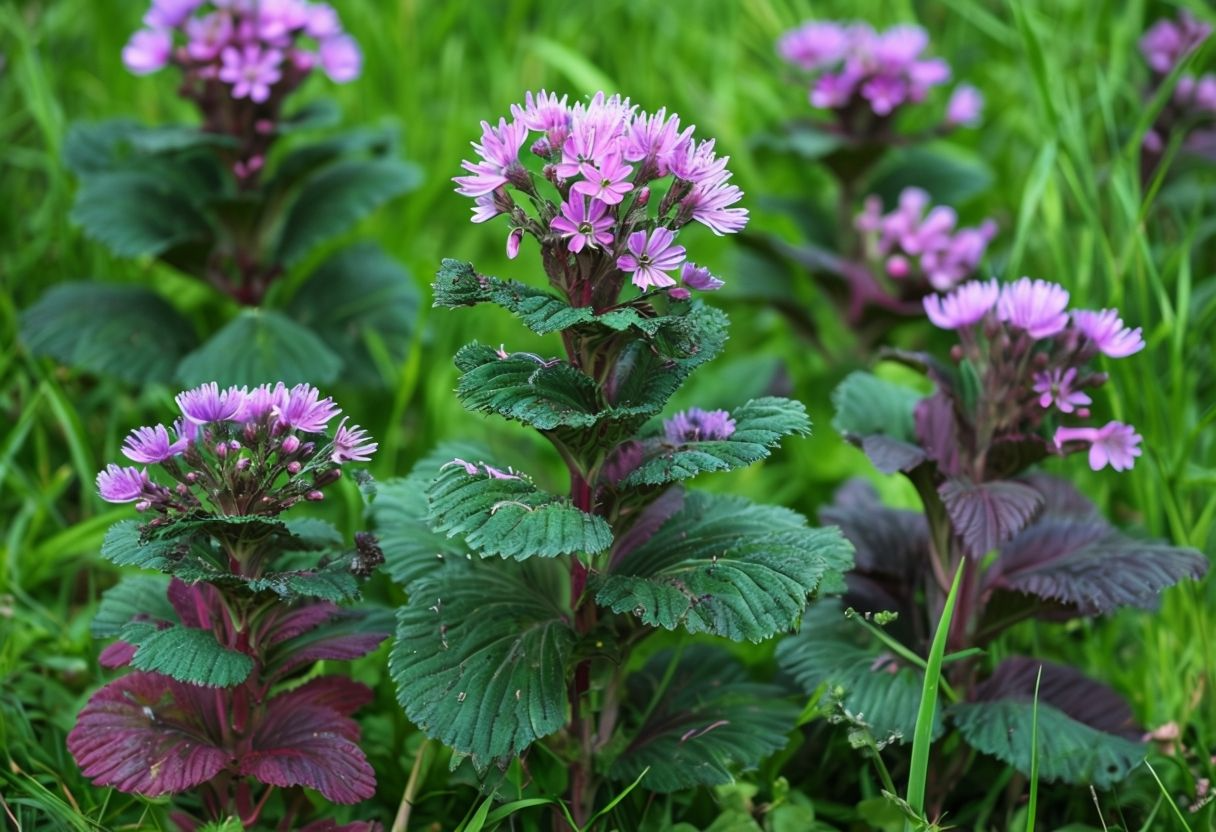
An underground greenhouse
Paula
- 0
- 7
- also known as a walipini or pit greenhouse, is a buried structure that utilizes the Earth’s natural insulation to maintain a stable temperature and protect plants from harsh weather conditions. This type of greenhouse extends the growing season and allows for year-round cultivation, particularly in cooler climates. Advantages include thermal stability, protection from elements, and reduced energy requirements for heating. To build an underground greenhouse, you will need to choose a location with maximum sun exposure, ensure proper drainage, and dig a depth of about 8-10 feet to leverage the Earth’s insulation. Construct walls using durable materials like brick or earthbags and use UV-resistant greenhouse plastic or polycarbonate for the roof. Proper ventilation and regular maintenance are essential to keep the greenhouse running efficiently. While it requires a significant initial investment in terms of time and materials, an underground greenhouse can provide a sustainable and cost-effective solution for year-round gardening, ensuring a steady supply of fresh produce even during colder months.


